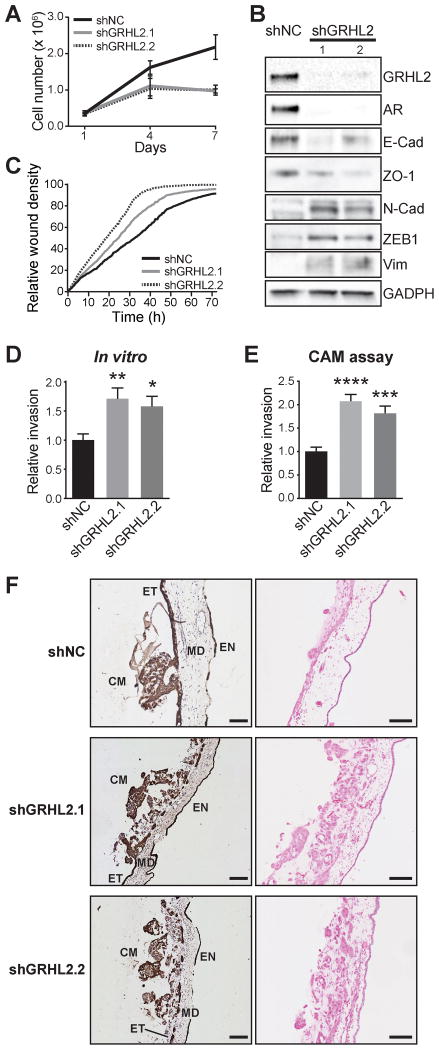Figure 7. GRHL2 suppresses EMT and invasion of prostate cancer.
(A) The growth of two distinct clones with stable knockdown of GRHL2 (shGRHL2.1 and shGRHL2.2) were compared to a control (shNC) in Trypan blue growth assays. Error bars represent ± SD. (B) Stable knockdown of GRHL2 decreases epithelial marker (E-cad, ZO-1) and increases mesenchymal marker (N-cad, ZEB1, Vim) expression at the protein level in LNCaP cells. E-cad, E-cadherin; N-cad, N-cadherin; Vim, Vimentin. (C) Stable knockdown of GRHL2 increases migration of LNCaP cells in a scratch-wound assay. (D) Stable knockdown of GRHL2 increases invasion of LNCaP cells. Values for the negative control (NC) were set to 1, and error bars are ± SEM. P values were determined using unpaired t tests (**, P < 0.01). (E) Stable knockdown of GRHL2 promotes cancer cell invasion in CAM invasion assays. Data represents the mean percentage of images with invasion into the mesoderm ± SEM. P value was determined using an unpaired two-sided t test (***, P < 0.001; ****, P < 0.0001). (F) Representative images from the CAM assays. Cancer cell:matrigel grafts (CM) were placed on top of the ectoderm (ET) layer and cancer cell invasion into the CAM mesoderm (MD) was assessed in day 14 chick embryos. Endoderm, EN. Shown are cytokeratin (CK) IHC (left) and haematoxylin and eosin (right) images. Scale bars = 100 microns.

